- Established 1982 -HOME: www.hiltonpond.org
THIS WEEK at HILTON POND Subscribe for free to our award-winning nature newsletter (Back to Preceding Week; on to Next Week) |
FEBRUARY MISCELLANY: At dawn on 2 February 2022, Hilton Pond Harry (the White-footed Mouse) poked his bewhiskered nose out of his natural grass-lined winter home near York SC USA and bathed in rays of the rising sun, unquestionably seeing his shadow and portending what we all now know is truth: There will be six more weeks of winter in the Carolina Piedmont, and beyond.
All text, maps, charts & photos © Hilton Pond Center Oddly enough, hundreds of miles to the north in Pennsylvania the so-called “Inner Circle” jerked from his climate-controlled artificial burrow a portly and petulant prognosticator named Punxsutawney Phil, who (as always) saw his shadow in bright TV lights and “agreed” with Harry’s far more reliable forecast: Winter will continue. (Some years handlers claimed Phat Phil didn't see his shadow, but with so many klieg lights shining and camera flashes popping that would be a ridiculous and misleading thing to say.) Hilton Pond Harry has yet to be wrong in his annual weather prediction—unlike Groundhog Phil, whose batting average for the past century or so is practically at the Mendoza line. Phil--aka Marmota monax--often gets it wrong, and when he does he gets it wrong in a big way. Harry, on the other hand, is tried and true: A regularly right little mouse whose dependability is unassailable. The bottom line is Hilton Pond Harry, alias Peromyscus leucopus, says it’s too early to put away your longjohns, and you can count on his pronouncement as gospel. (Just don't be fooled by any unseasonably warm days in February; winter ain't over!) Punxsutawney Phil would do well to heed the wisdom of his genteel southerly rodent relative and go back to bed for the duration. All text, maps, charts & photos © Hilton Pond Center RARE WINTER WARBLER During cold weather we prefer not to deploy mist nets to capture birds for banding; it's not good for them to get their insulative feathers matted down, and stiff fingers make it hard for the bander to do a quick and safe extraction. Instead, chilly days mean we depend solely on a variety of traps on the ground, on feeder stands, or even hanging from a shepherd's crook. Traps are baited with all types of food--sunflower seeds, cracked corn, thistle, millet, or peanuts--and bring in birds attracted to those items.
All text, maps, charts & photos © Hilton Pond Center On 2 February 2022 at Hilton Pond Center we noticed several birds entering a hanging trap in quick succession, apparently seeking black sunflower seed available therein. The usual suspects in such situations are "winter finches"--American Goldfinch (AMGO), House Finch (HOFI), Purple Finch (PUFI), and Pine Siskin (some years), although we also occasionally catch Pine Warblers, Carolina Wrens, Ruby-crowned Kinglets, and other species not thought of as seed-eaters. We weren't surprised on the 2nd to see we'd trapped four AMGO, three HOFI, and a couple of PUFI. What WAS a startlement was the tenth bird was an Orange-crowned Warbler (OCWA)!
All text, maps, charts & photos © Hilton Pond Center Orange-crowned Warblers are a bit of an enigma. We almost never see them at Hilton Pond; this most recent bird was just the sixth we've banded in 41 years but the second of this winter season (the other mist netted on 25 November 2021). The species breeds out west and across southern Canada into Alaska and overwinters primarily in Mexico and along the coast from North Carolina to Texas. In the Carolinas, OCWA are typically limited to the Coastal Plain, so it's unusual to encounter them this far inland.
All text, maps, charts & photos © Hilton Pond Center Even so, we suspect Orange-crowned Warblers are a bit more common in the Carolina Piedmont than folks realize--if only because they are truly nondescript. As shown in our photo, this latest OCWA had a grayish head, pale olive body, yellowish rump, broken eye ring, and finely pointed bill. You can't always see the yellowish undertail coverts, and the eponymous "orange crown" field mark was almost non-existent (or hidden) on this and many individuals. In fall you might think this was a migrating Tennessee Warbler (TEWA), but those have a dark eye line and lack the yellow rump. Plus, you wouldn't see a TEWA in February here in the Piedmont since they all go to the Neotropics for our winter. During cold months in the Carolinas keep your eyes peeled for a small, plain, greenish, thinly-billed bird with a hint of yellow but no wing bars or tail spots. It just might be an elusive Orange-crowned Warbler like ours this week at Hilton Pond. All text, maps, charts & photos © Hilton Pond Center MIGRANT PURPLE FINCHES On the morning of 10 February 2022 we banded our 9,385th Purple Finch (PUFI) in 41 years at Hilton Pond Center. What’s really interesting, however, is 8,900 of them (95%) have been captured January through May, so only 5% came down as “fall migrants.” This lends further credence to the hypothesis PUFI (adult male in photo below) are facultative migrants rather than obligate, meaning--unlike Neotropical warblers that ALWAYS migrate--they typically move south only as food supplies diminish and/or weather worsens on their breeding grounds up north. Thus far, 2021-22 hasn't been a great winter for PUFI, with just 24 banded since the first one on 10 January.
All text, maps, charts & photos © Hilton Pond Center Meanwhile, the number of American Goldfinches (AMGO) increased dramatically at the Center during the first ten days of February 2022, with 106 banded during the period. Curiously, this year's AMGO have really taken a liking to our three-tube feeder (photo below), stocked with expensive thistle (Nyger) and hard-to-find gourmet peanut hearts (NOT chips). Most winters local goldfinches essentially ignore thistle, gorging instead on slightly more affordable black sunflower seeds--which are now being taken primarily by Purple Finches and House Finches--with more than enough left over for cardinals, chickadees, nuthatches, and titmice. (There goes our budget!)
All text, maps, charts & photos © Hilton Pond Center Here at Hilton Pond American Goldfinches appear to be somewhat more obligate migrants than Purple Finches; 15% of 12,129 AMGO have come south and been banded in late fall/early winter (before the end of December). The bulk of those visitors are gone by the end of March, undoubtedly headed at least a little further north and west. Banded goldfinches from the Center have been encountered and reported from as far away as Upstate New York, Maine, and Ontario. All text, maps, charts & photos © Hilton Pond Center HILTON POND SUNSETS "Never trust a person too lazy to get up for sunrise
All text, maps, charts & photos © Hilton Pond Center Sunset over Hilton Pond, 06 February 2022 At 5:15 p.m. this evening skies were completely overcast. By 5:30 p.m. clouds were beginning to break. At 5:42 p.m. we shot this photo, thinking it would just be prelude to an even more colorful sunset, but by 6 p.m. the sky was completely clear. Amazing.
All text, maps, charts & photos © Hilton Pond Center Sunset over Hilton Pond, 07 February 2022 We'll be honest. After a drab, drizzly day (0.33") we were chilling out beside the old farmhouse's new woodstove, listening to some smooth Brasilian jazz and hardly expecting to see anything on the western horizon. But when we glanced up at 6 p.m., there it was--yet another skyburst at sundown. Almost missed it! (This one's for Billy Hilton III on his 45th birthday, with love for a baby-boy-now-man that only fathers can understand.) Don't forget to scroll down for lists of all birds banded and recaptured during the period. Photoshop image post-processing for this page employs |
|---|
|
"This Week at Hilton Pond" is written and photographed by Dr. Bill Hilton Jr., executive director of Hilton Pond Center for Piedmont Natural History
|
|
|
Please refer "This Week at Hilton Pond" to others by clicking on this button: |
|


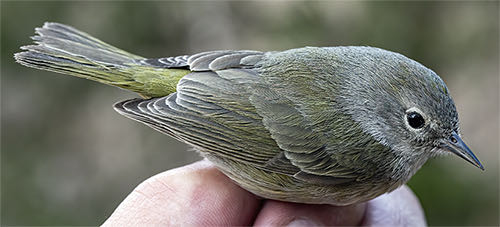

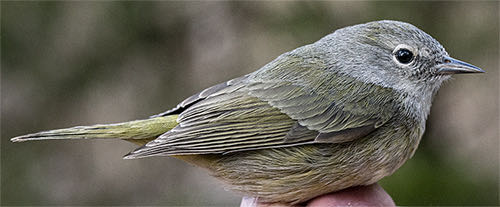
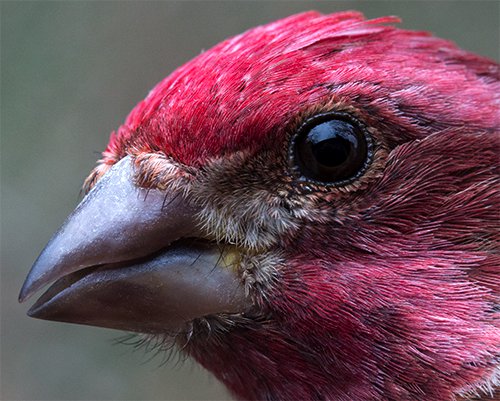
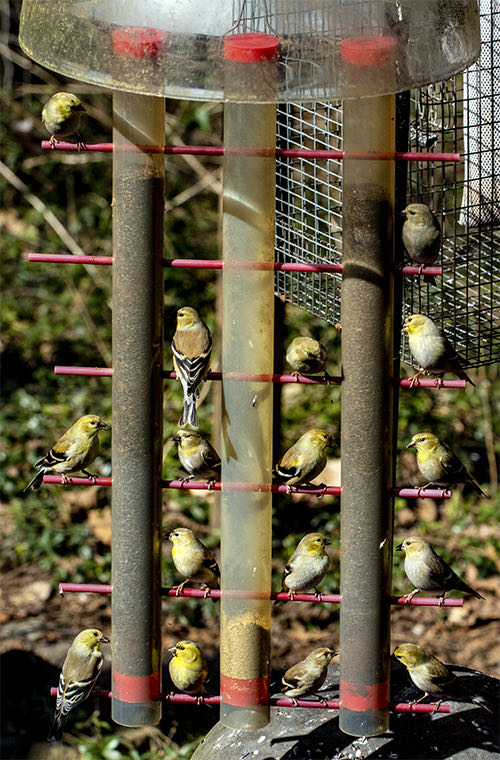
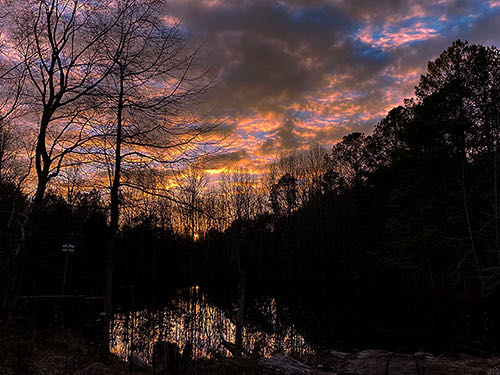
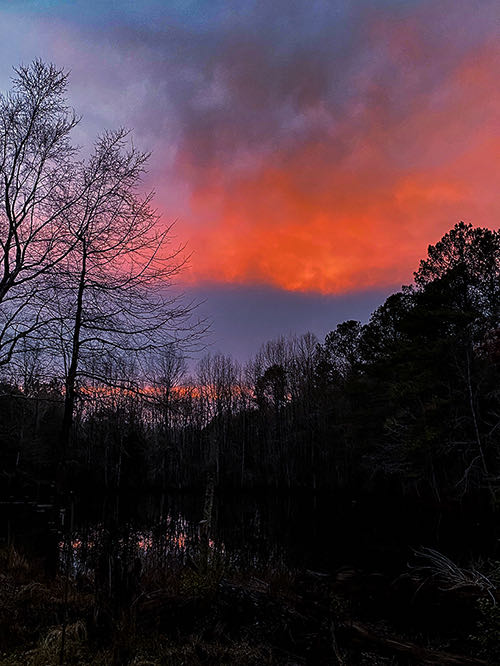









 Oct 15 to Mar 15:
Oct 15 to Mar 15: